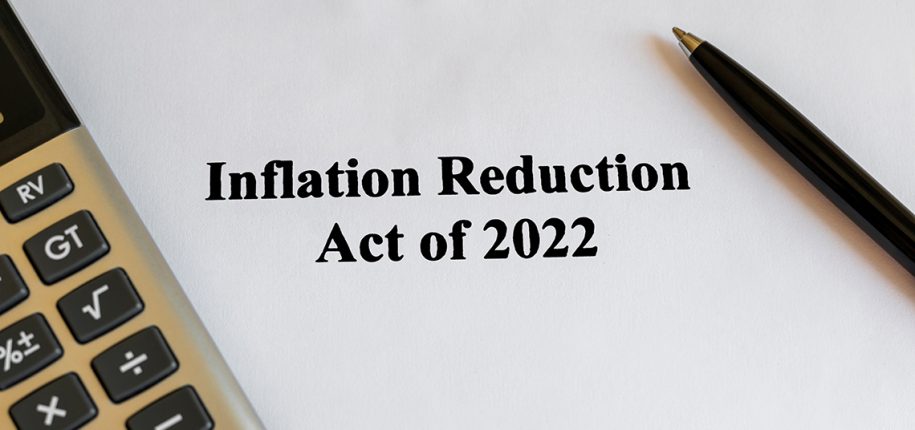The Inflation Reduction Act of (IRA) 2022 has wide-ranging impact on payments for drugs used by Medicare beneficiaries, whether they are administered in the provider’s office (Part B) or used in the ambulatory setting (Part D). The Centers for Medicare & Medicaid Services (CMS) has released guidance for implementation of these payment provisions since September 2022, as they are phased in from January 1, 2023 to future years. On June 9, 2023, CMS announced 43 prescription drugs for which Medicare Part B beneficiaries’ cost sharing may be lower between July 1 – September 30, 2023. Both Medicare Administrative Contractors (MAC) and Medicare Advantage plan sponsors (MA sponsors) are expected to update their pricing schedules and implement the lower out-of-pocket cost sharing by Medicare beneficiaries, when applicable.
Part B drugs are administered in physicians’ offices but increasingly, they are given in hospital outpatient facilities which also charge an administrative fee, usually higher than that charged by a physician. Part B spending in the latter setting nearly doubled from 23 percent in 2008 to 41 percent in 2021, while the share of spending in physicians’ offices declined from 63 percent to 53 percent.
Part B drugs have had the fastest spending growth for drugs for Medicare. According to the Department of Health and Human Services (HHS), the major drivers of Medicare Part B drug spending from 2008-2021 have been: a). concentration among a small number of drugs (top 10 drugs account for 40 percent of Part B drug spending in 2021); b). rapid spending growth on biologics; and c). spending on specialty drugs in oncology, ophthalmology, and rheumatology. Between 2008-2021, Medicare Part B drug spending per enrollee grew on average at 9.2 percent annually. This spending growth was more than triple the rate in Part D (2.6 percent) and nearly 4 times as high as the rate of per capita annual prescription drug spending across all payers reflected in the National Health Expenditures Account (2.4 percent). Among specific therapies, Part B spending on intravenous immuno-globulin (IVIG), and treatment for osteoporosis, rheumatoid arthritis, and cancer grew the most rapidly with an annual growth rate higher than 10 percent from 2008-2021.
Beginning April 1, 2023, Medicare beneficiary’s cost share for some Part B drugs will be 20% of the inflation-adjusted payment amount, which will be less than what the beneficiary would pay in cost share otherwise. These are Part B drugs and biologics with prices that have increased faster than the rate of inflation (“rebatable Part B drugs”).
What to do to implement this provision of the IRA:
- Medicare publishes ASP (average selling price) pricing files quarterly that will reflect the drugs to have inflation-adjusted cost share for beneficiaries. The cost share adjustments are already reflected in the April 2023 ASP file for Part B drugs. Update the fee schedules timely to ensure appropriate payments to providers and cost sharing by beneficiaries. MA plans that have deductibles for Part B drugs and services should accumulate maximum out-of-pocket (MOOP) expenses timely. CMS updates published ASP files from time to time, MA sponsors should be vigilant of updated files and adjust payments accordingly;
- Many MA plans have been concerned about their spending on specialty drugs some of which are injectables or administered by providers – with the utilization data released by HHS, MA sponsors are well advised to continue to monitor Part B drug utilization to ensure appropriate usage. CMS rescinded the prohibition on imposing mandatory step therapy (ST) for access to Part B drugs in a memo dated August 7, 2018. Medicare Advantage (MA) plans may use ST for Part B drugs, beginning January 1, 2019, as part of a patient-centered care coordination program. In fact, some MAPD (Medicare Advantage Prescription Drug) plans have already done so and incorporated Part D drugs into the Part B ST regimen. ST policies and procedures for Part B drugs are expected to be similar to other requirements around prior authorization of Part C benefits and services.
- A reasonable starting point to apply ST for Part B drugs is the pre-requisite use of a biosimilar prior to the reference product. Medicare allows this policy for Part D utilization management. In fact, Medicare payment for certain biosimilar biologics is ASP plus 8 percent (rather than ASP+6 percent for the reference biological product) for a 5-year period as defined in the IRA. Effective April 1, 2018, modifiers used to describe the manufacturer of a biosimilar biological product will not be required.
Healthcare costs have historically risen higher than the Consumer Price Index even with the latter increasing at 4.9% in April 2023. This is a concern for Medicare and should be for MA sponsors. Managing expenditure on chronic conditions is one way to tackle rising costs. Some Part B drugs are used for chronic conditions including cancer. MA sponsors are well advised to follow Medicare policies and guidance to rein in rising costs for beneficiaries and the Medicare Trust Fund.
Inovaare has professionals with expertise in data analyses, utilization management and drug pricing who can help you strategize cost management and stay compliant with Medicare rules. Please contact us at 1.408.850.2235 or Contact Us.
